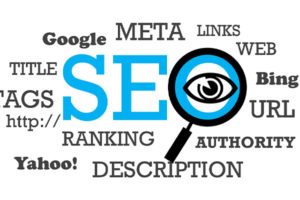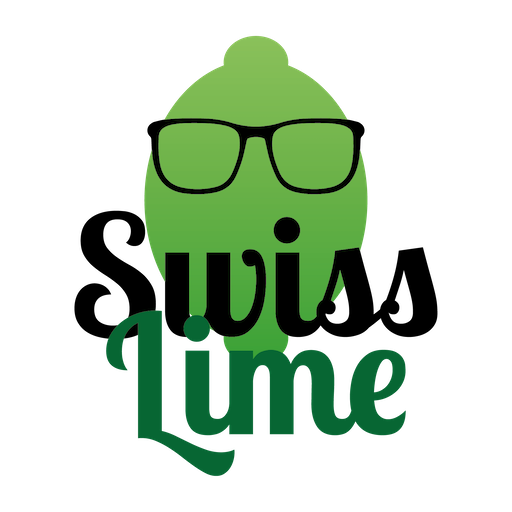Definition of Google’s algorithm
Algorithm it is a set of computer treatments applied to internet pages on the google search engine in order to be able to determine a ranking in the list of search results.
This ranking of web pages is done through several settings, in particular:
- The relevance of content of a web page
- The key words used
- The context (location, mobile search etc.)
- The web page security
- The html tags
- The quality of links on the site
- The various internal settings in SEO …
All the complexity of natural reference (or SEO) is therefore stick to the Google algorithm .

Major updates to the Google algorithm
- June 2010: CAFFEINE update
Allows you to crawl then index a page instantly. Before its installation, Google could only index pages after extracting, analyzing and understanding their content.
- February 2011: PANDA update
He penalizes the referencing of websites whose content is low quality . This filter is primarily aimed at combating content sites, created purely for SEO and spamming.
- January 2012: TOP HEAVY update
Abnormally penalizes the SEO of sites overloaded with advertisements.
- April 2012: PENGOUIN update
Penalizes the referencing of sites that do not respect the Google guidelines in terms of creation, purchases or networks of links.
The Penguin algorithm was added in Google’s core algorithm and it is now running in real time.
- August 2012: PIRATE update
Aims to remove from search results sites that have received complaints for copyright infringement.
- September 2012: EMD update
Exact Match Domain, helps prevent low-quality sites from ranking well just through a domain name containing a highly sought after query.
- June 2013: PAYDAY update
Suppress results related to spam-assimilated requests (credits, online games …)
- September 2013: COLIBRI update
This algorithm is one of the most important of Google, thanks to him, search becomes precise and fast .
Openness to artificial intelligences such as Alexa or Siri, the internet user request is taken into account in its entirety and no longer just on a few key words present in it.
- July 2014: PIGEON update
This algorithm favors local search results to provide more precise solutions to user requests.
- April 2015: Mobile Friendly update
Prioritizes the referencing of mobile-friendly websites. Since 2015, mobile compatibility has been a priority for Google and a very important SEO factor.
- Beginning of 2015: RANKBRAIN update
Quite peculiar and mysterious update. It would be an artificial intelligence capable of understanding the meaning of similar queries , but worded differently.
- May 2015: PHANTOM update
This update would appear to focus on the quality of the contents of a web page . Still a lot of unknowns revolve around the Phantom algorithm.
- November 2017: length of descriptions
The number of characters displayed in the descriptions of the results has changed from a limit of 160 characters to a limit of 320 characters .
- August 2018: CORE UPDATE
This is a format of general update of the algorithm , whose modifications can be more or less important depending on the points it processes / optimizes.
- June 2019: CORE UPDATE
New major update of the algorithm . This is an update the objective of which is to strengthen the requirements in terms of overall quality regarding the results displayed, in particular regarding the page load speed , the relevance of the theme , Security ( https ) or the UX / UI .
- June 2019: update SITE DIVERSITY UPDATE
Strengthens the diversity of results in the search pages.
- September 2019: CORE UPDATE
Google increasingly considers each existing result, to continue to offer relevant SERPs with a quality and safe content .
- December 2019: BERT update
BERT represents the beginnings of a artificial intelligence in the Google search engine . This results in the contextualization of the keywords resulting from a query, no longer considered individually by the engine, but as a whole.
This update also enables the voice search to be always closer to what the Internet user expects.
- December 2020: CORE UPDATE
Its aim is to improve the way its robots rank indexed pages for search results.
- May 2021: CORE WEB VITALS update
This update will focus on user experience.
Analysis of the display time or even visual stability of the page during the loading time, will be important criteria for the ranking of the pages.
SEO and Google algorithms
So you will understand, the natural reference also called SEO , is a set of techniques to be implemented on a site for its good visibility . But to this is added the frequent Google algorithm updates , that it is necessary to take into account to always respect the “rules” of classification in the search engine.
Algorithm updates are constantly evolving and allow search results pages to be ranked better, with the sole aim of satisfying Internet users.
Google is the most used search engine in the world , with more than 90% of the global market share, it is essential to know how it works and to keep up to date with developments.

Google robots follow algorithms
Google robots browse all the pages of sites posted on the internet. It follows the links present in the pages, compares, analyzes …
He goes “ index »The sites, that is to say that after its passage, it will store the information present on the site as documents in its giant library.
These documents will be associated with key words , requests that Internet users will type in the search bar.
If the content of the site matches the query, the site will come out in the results, just as you might output a document to answer a question.
If the contents of the site do not correspond to Google robots requirements , the site will not be well positioned and it will have no visibility. And it’s following Google algorithm updates , that the work of SEO will be the most relevant and the most qualitative.

